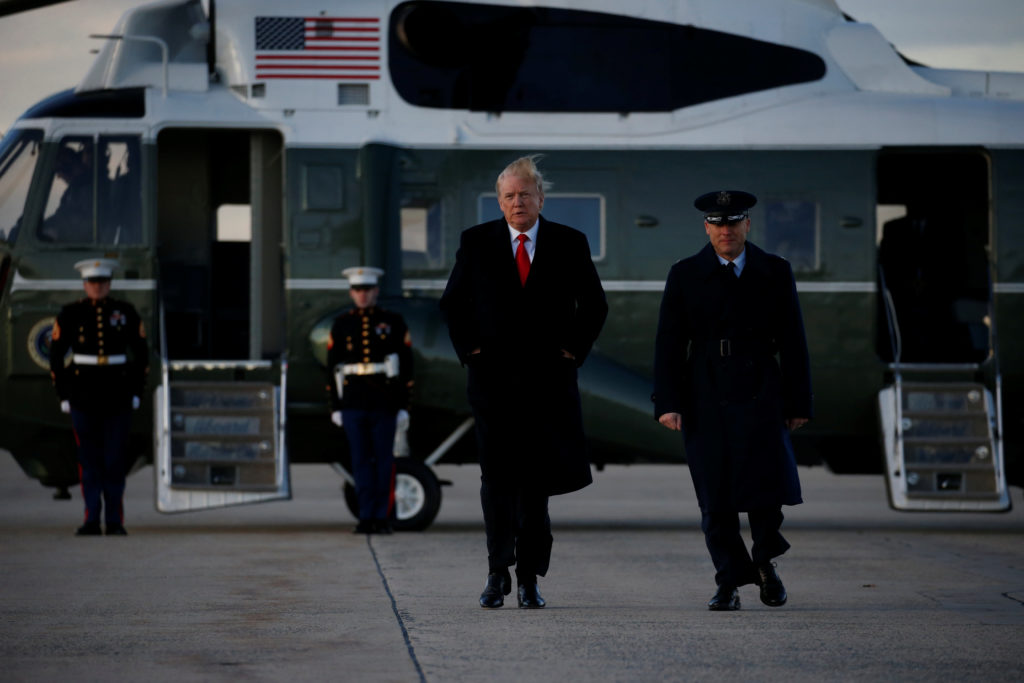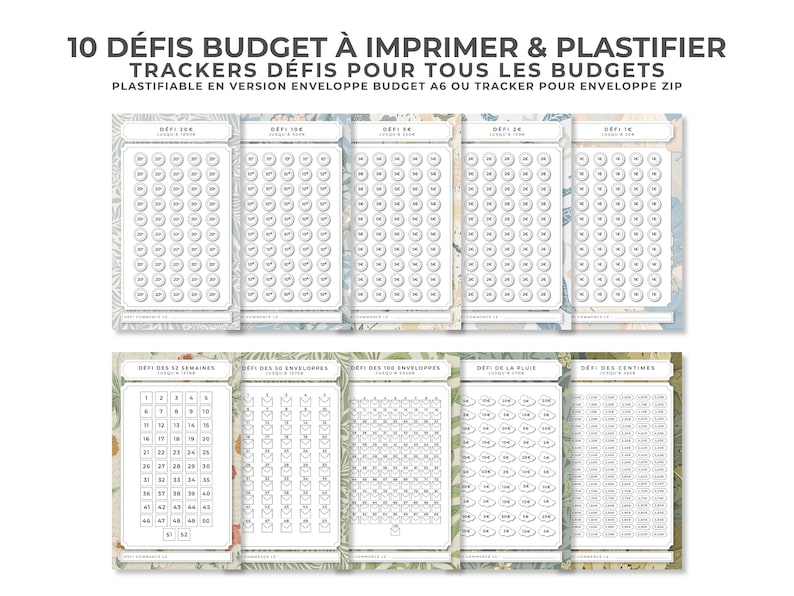Trump's Plan To Accelerate Nuclear Energy Plant Construction

Table of Contents
Regulatory Reform as a Catalyst for Faster Construction
One of the core tenets of Trump's plan to accelerate nuclear energy plant construction was significant regulatory reform. The process of building a nuclear power plant is notoriously complex and time-consuming, hampered by numerous regulatory hurdles. Trump's administration aimed to streamline this process, reducing bureaucratic red tape and expediting approvals.
-
Streamlining the Nuclear Regulatory Commission (NRC) Process: The administration sought to reduce the burden on the Nuclear Regulatory Commission (NRC), the primary agency responsible for licensing and regulating nuclear power plants. This involved simplifying paperwork, improving communication, and reducing unnecessary delays.
-
Expediting Environmental Impact Statements and Licensing Approvals: Environmental Impact Statements (EIS) are extensive documents required to assess the potential environmental consequences of a project. Trump's administration aimed to expedite the EIS process and streamline the overall licensing approvals to reduce the time it took to get projects underway.
-
Reducing Permitting Time: The overall goal was to significantly shorten the overall permitting time, potentially by years, allowing for much quicker construction starts. This was intended to reduce the considerable financial risks associated with long project timelines.
Specific executive orders and proposed legislation focused on these aims, though the extent of their success remains a subject of ongoing debate. The focus was on removing obstacles rather than reducing safety standards.
Financial Incentives and Government Support to Spur Investment
Building nuclear power plants requires massive upfront capital expenditure. To attract private sector investment, Trump's plan explored various financial incentives to make these projects more economically viable.
-
Tax Credits and Subsidies: The administration considered offering significant tax credits and direct government subsidies to reduce the financial burden on companies undertaking nuclear power plant construction.
-
Loan Guarantees: Providing loan guarantees could have significantly de-risked these projects for private investors, making them more attractive. This would have helped secure the necessary funding.
-
Stimulating Economic Growth and Job Creation: The primary aim of these incentives was to stimulate private sector investment, creating jobs in manufacturing, construction, and operation of nuclear plants, ultimately boosting the US economy.
Analyzing the effectiveness of different financial incentives and their potential impact on attracting investment is crucial to understanding the potential success of such initiatives. The high cost of nuclear power remains a significant barrier, even with government support.
Advanced Reactor Technologies and Construction Techniques for Efficiency
Trump's plan also considered the potential of advanced reactor technologies and improved construction methods to accelerate the process.
-
Small Modular Reactors (SMRs): Small Modular Reactors (SMRs) are designed to be manufactured in factories and assembled on-site, promising faster and more cost-effective construction compared to traditional large-scale reactors.
-
Prefabrication and Modular Construction: Prefabrication, where components are built off-site, and modular construction techniques, where components are assembled like building blocks, drastically reduce on-site construction time.
-
Cost Reduction and Increased Efficiency: The combination of advanced reactor designs and efficient construction methods aimed to reduce overall construction time and costs. This would make nuclear power a more competitive energy source.
Investing in research and development for these advanced technologies was a crucial component of this strategy. The potential for significant cost and time savings using SMRs remains a major area of focus within the nuclear energy sector.
Challenges and Criticisms of Trump's Plan
While ambitious, Trump's plan faced significant challenges and criticisms.
-
High Upfront Costs: The considerable capital investment required for nuclear power plants remained a major barrier, even with government incentives. Cost overruns have plagued many nuclear projects in the past.
-
Safety Concerns and Waste Disposal: Public and political concerns over nuclear safety and the long-term disposal of nuclear waste continue to fuel opposition to nuclear power.
-
Public Opinion and Environmental Impact: Strong public opposition to nuclear energy, driven by concerns over safety, waste disposal, and potential environmental impacts, presented a major hurdle to the plan's success.
-
Regulatory Complexities: Even with regulatory reform efforts, navigating the existing regulatory frameworks remained complex and potentially time-consuming.
Addressing these concerns and overcoming these challenges is crucial for the successful implementation of any plan to accelerate nuclear power plant construction.
Conclusion
Trump's plan to accelerate nuclear energy plant construction represented a significant attempt to revitalize the nuclear energy sector in the U.S. By focusing on regulatory reform, financial incentives, and the adoption of advanced reactor technologies, the administration aimed to overcome the significant obstacles hindering the development of new nuclear power plants. While the plan faced considerable challenges and criticisms, its impact on the future of nuclear energy remains a subject of ongoing discussion and analysis. To stay informed about the latest developments and the continued debate surrounding nuclear energy expansion, continue researching the effects of Trump's plan to accelerate nuclear energy plant construction and its long-term consequences for the nation's energy future.

Featured Posts
-
 Ufc 315 The Impact Of Jose Aldos Weight Failure On The Fight Card
May 11, 2025
Ufc 315 The Impact Of Jose Aldos Weight Failure On The Fight Card
May 11, 2025 -
 Rozmova Putina Ta Trampa Komentar Borisa Dzhonsona Vin Smiyetsya Nad Nami
May 11, 2025
Rozmova Putina Ta Trampa Komentar Borisa Dzhonsona Vin Smiyetsya Nad Nami
May 11, 2025 -
 Ranking The 10 Closest John Wick Imitators
May 11, 2025
Ranking The 10 Closest John Wick Imitators
May 11, 2025 -
 Le Fil D Ariane Avec Chantal Ladesou Une Nouvelle Saison Sur Tf 1
May 11, 2025
Le Fil D Ariane Avec Chantal Ladesou Une Nouvelle Saison Sur Tf 1
May 11, 2025 -
 Ksiaze Andrzej I Masazystka Szokujace Zdradzone Tajemnice
May 11, 2025
Ksiaze Andrzej I Masazystka Szokujace Zdradzone Tajemnice
May 11, 2025
Latest Posts
-
 Doze D Economie Un Budget A Maitriser Des Defis A Relever
May 12, 2025
Doze D Economie Un Budget A Maitriser Des Defis A Relever
May 12, 2025 -
 L Histoire Secrete D Eric Antoine Au Dela De La Magie Une Vie Amoureuse Passionnante
May 12, 2025
L Histoire Secrete D Eric Antoine Au Dela De La Magie Une Vie Amoureuse Passionnante
May 12, 2025 -
 Eric Antoine Qui Est La Femme Qui Partage Sa Vie M6
May 12, 2025
Eric Antoine Qui Est La Femme Qui Partage Sa Vie M6
May 12, 2025 -
 La Vie Amoureuse D Eric Antoine Un Acteur Celebre Et Une Relation Discrete
May 12, 2025
La Vie Amoureuse D Eric Antoine Un Acteur Celebre Et Une Relation Discrete
May 12, 2025 -
 Analyse Du Dechiffrage L Euro Et Les Defis Actuels
May 12, 2025
Analyse Du Dechiffrage L Euro Et Les Defis Actuels
May 12, 2025
